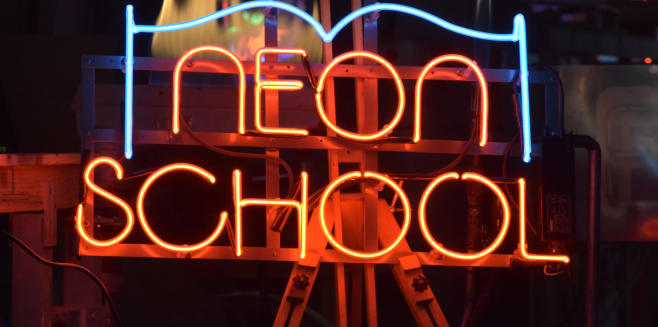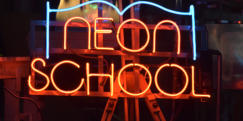What about LED’s
I’ll give you the good news first.
LED bulbs are indeed energy efficient.
End of good news.!!!
The bad news is that they are not in any way a better
choice than CFLs for your health or the environment.
How depressing!
LED bulbs Contain Toxic Heavy Metals
A study by the University of California Irvine found
LED bulbs to be loaded with lead, arsenic, and/or
nickel. These heavy metals are used to create the
LED artificial light.
.
The high intensity red LED bulbs used in full spectrum
infrared saunas contained the most arsenic. Low intensity
red lights had high amounts of lead. White bulbs used
for home lighting had lower amounts of lead but
worrisome levels of nickel.
LED light bulbs are not as fragile or likely to break
in the home environment,However, LEDs still need
to be treated as hazardous waste.
Broken bulbs in landfills threaten soil and groundwater
with contamination. Similarly, anyone unfortunate
enough to break a LED bulb is advised to don a mask
and gloves and sweep up the hazardous mess with
a specially made broom. The team of scientists also
recommended safety gear for crews who respond to car
crashes as LED technology is utilized for car
headlights and traffic lights now.

What about LED’s
I’ll give you the good news first.
LED bulbs are indeed energy efficient.
End of good news.!!!
The bad news is that they are not in any way a better
choice than CFLs for your health or the environment.
How depressing!
LED bulbs Contain Toxic Heavy Metals
A study by the University of California Irvine found
LED bulbs to be loaded with lead, arsenic, and/or
nickel. These heavy metals are used to create the
LED artificial light.
.
The high intensity red LED bulbs used in full spectrum
infrared saunas contained the most arsenic. Low intensity
red lights had high amounts of lead. White bulbs used
for home lighting had lower amounts of lead but
worrisome levels of nickel.
LED light bulbs are not as fragile or likely to break
in the home environment,However, LEDs still need
to be treated as hazardous waste.
Broken bulbs in landfills threaten soil and groundwater
with contamination. Similarly, anyone unfortunate
enough to break a LED bulb is advised to don a mask
and gloves and sweep up the hazardous mess with
a specially made broom. The team of scientists also
recommended safety gear for crews who respond to car
crashes as LED technology is utilized for car
headlights and traffic lights now.

What about LED’s
I’ll give you the good news first.
LED bulbs are indeed energy efficient.
End of good news.!!!
The bad news is that they are not in any way a better
choice than CFLs for your health or the environment.
How depressing!
LED bulbs Contain Toxic Heavy Metals
A study by the University of California Irvine found
LED bulbs to be loaded with lead, arsenic, and/or
nickel. These heavy metals are used to create the
LED artificial light.
.
The high intensity red LED bulbs used in full spectrum
infrared saunas contained the most arsenic. Low intensity
red lights had high amounts of lead. White bulbs used
for home lighting had lower amounts of lead but
worrisome levels of nickel.
LED light bulbs are not as fragile or likely to break
in the home environment,However, LEDs still need
to be treated as hazardous waste.
Broken bulbs in landfills threaten soil and groundwater
with contamination. Similarly, anyone unfortunate
enough to break a LED bulb is advised to don a mask
and gloves and sweep up the hazardous mess with
a specially made broom. The team of scientists also
recommended safety gear for crews who respond to car
crashes as LED technology is utilized for car
headlights and traffic lights now.
